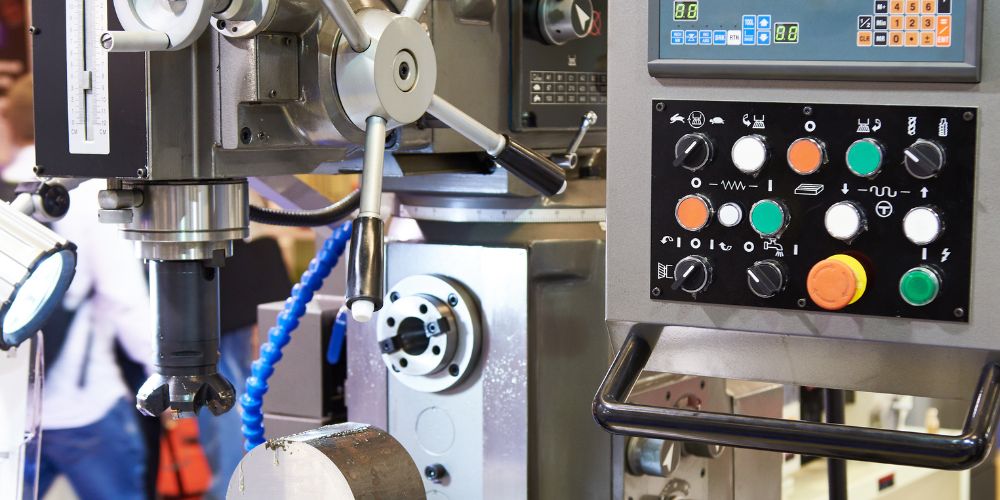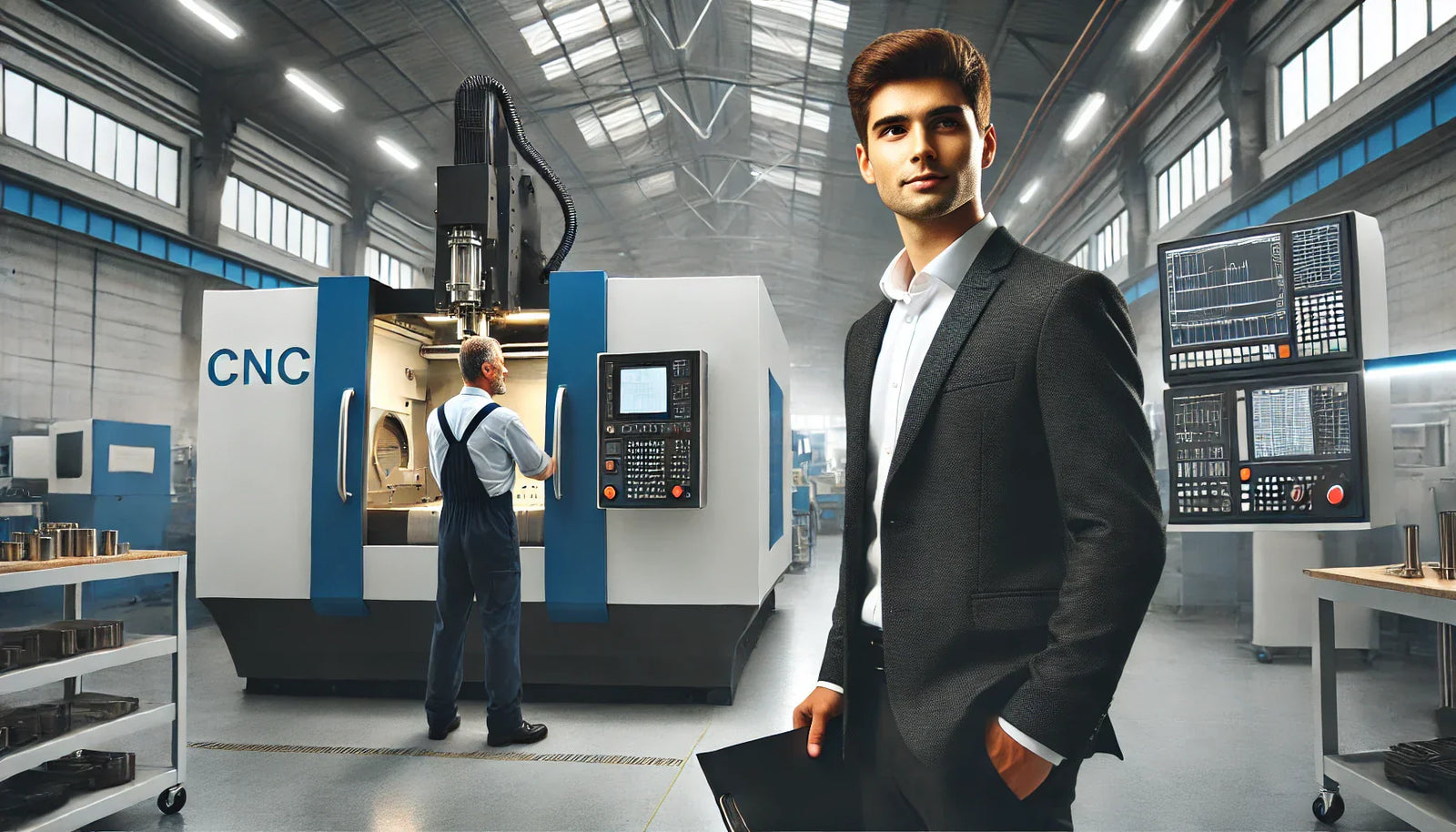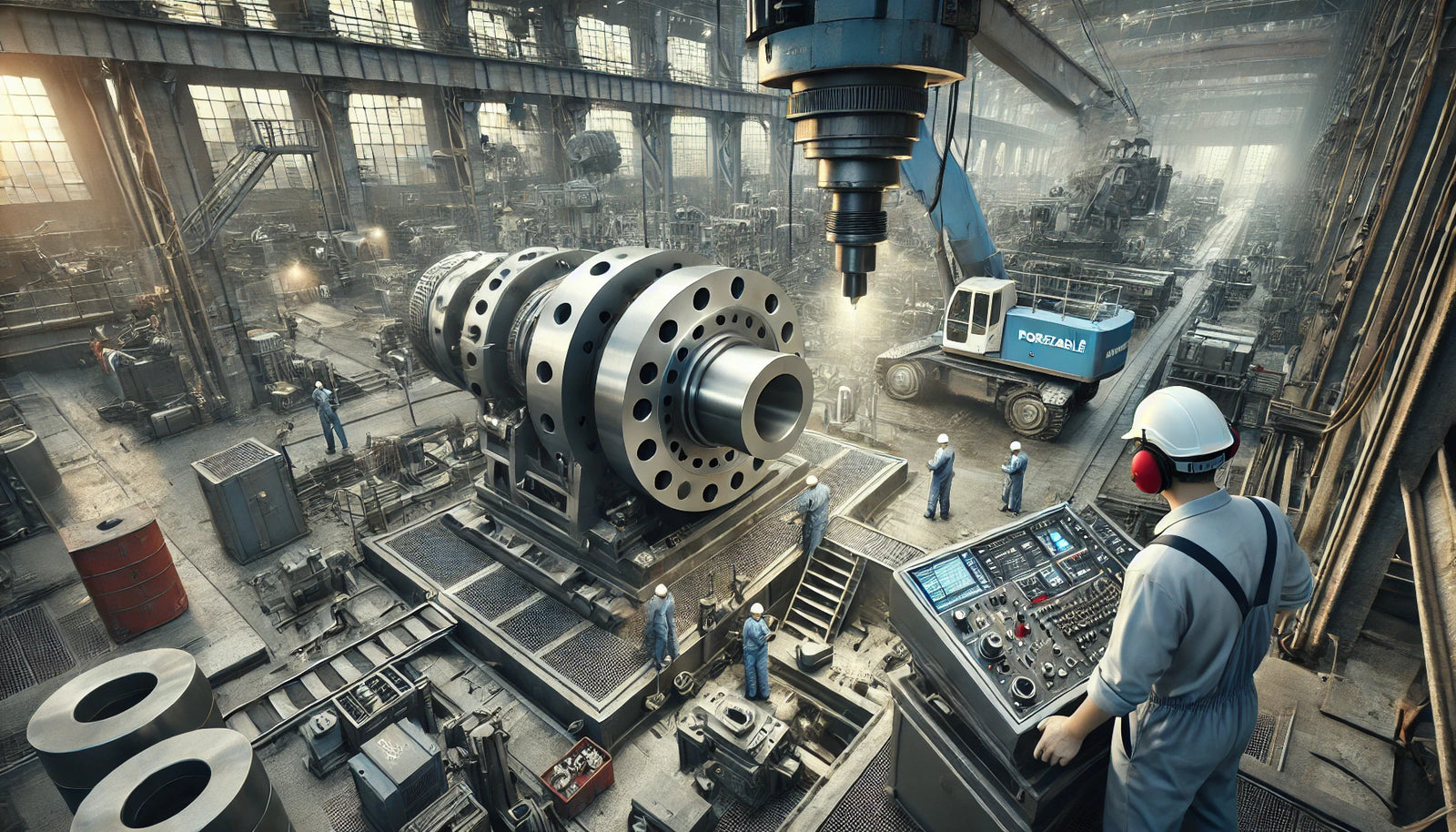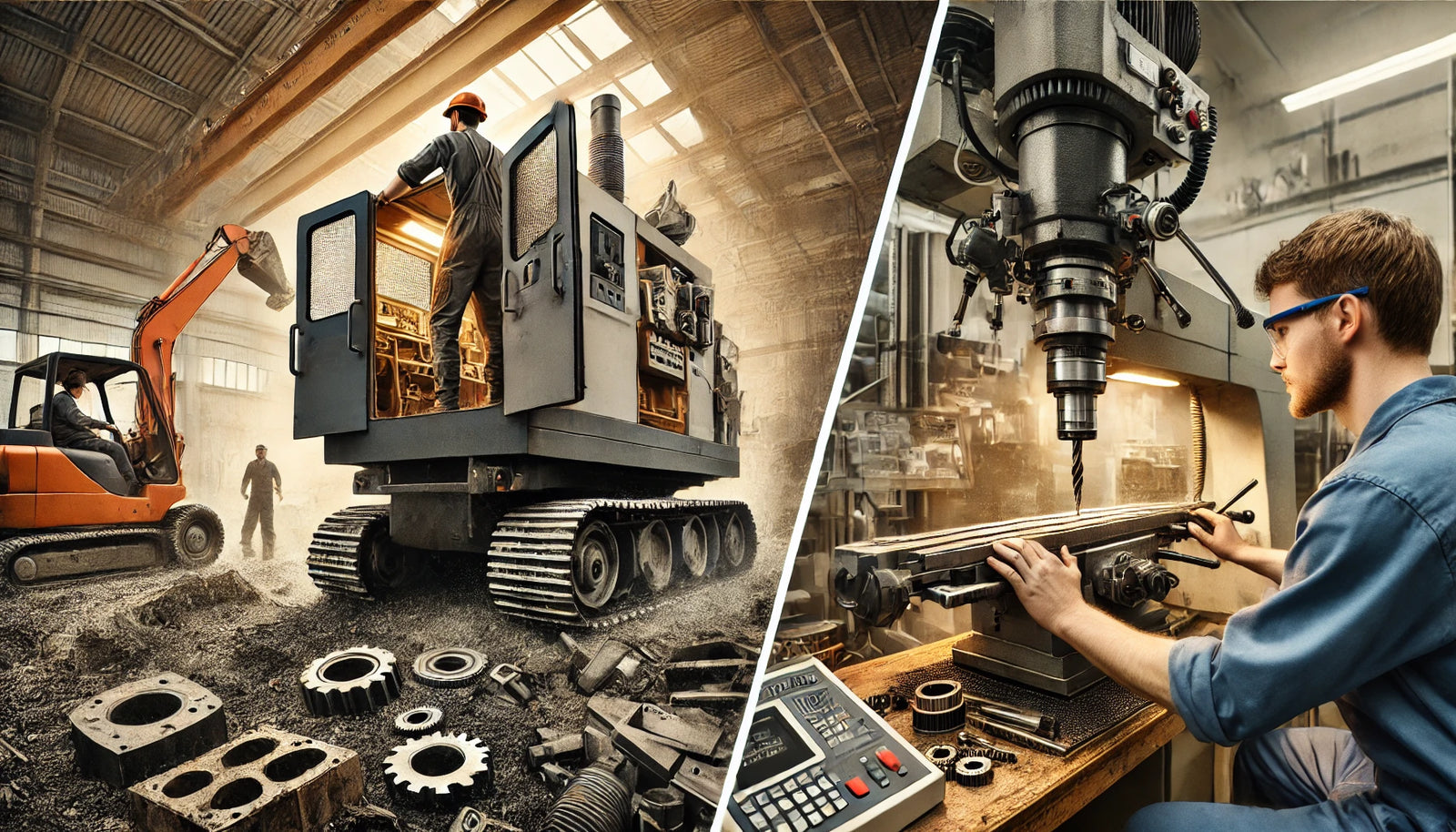Before using a STANDARD milling machine, it is important to understand the following:
-
The types of materials that can be milled: Milling machines can work with a variety of materials, including metal, wood, and plastic, but each material may require different cutting tools and techniques.
-
The different types of milling operations: There are several types of milling operations, including surface, end, and slot milling, each of which requires different tools and set-ups.
-
The basic components of the milling machine: Understanding the different parts of the milling machine, such as the spindle, table, and cutting tools, is important for proper use and maintenance.
-
Safety procedures: Milling machines can be dangerous if used improperly, so it is important to understand and follow proper safety procedures, such as wearing personal protective equipment and disconnecting power before making adjustments.
-
How to read blueprints and schematics: Milling machines are often used to create parts according to specific measurements and designs, so understanding how to read blueprints and schematics is essential.
-
Basic cutting techniques: Understanding basic cutting techniques, such as facing, drilling and contouring, is important for achieving the desired results.
-
How to set up and operate the machine: It's important to understand how to properly set up and operate the milling machine, including adjusting the speed and feeds, as well as how to make adjustments as needed during the cutting process.
Using a STANDARD Conventional Milling Machine:
- Make sure the milling machine is plugged in and turned on.
- Adjust the speed of the spindle to the appropriate setting for the material you will be cutting.
- Install the desired cutting tool into the spindle.
- Secure the material to be cut onto the machine's table.
- Use the handwheels to position the cutting tool and material in relation to each other.
- Start the machine and begin cutting.
- Use the handwheels to make adjustments as necessary.
- Once the cut is complete, turn off the milling machine and remove the finished piece.
Maintaining a STANDARD Conventional Milling Machine:
- Keep the milling machine clean and free of debris.
- Lubricate the machine as recommended by the manufacturer.
- Check and tighten all bolts and screws on a regular basis.
- Inspect the cutting tools and replace them when they become dull or damaged.
- Check and adjust the alignment of the machine's components as needed.
- Have the machine serviced by a qualified technician when necessary.
- Always follow safety guidelines when using and maintaining the machine.





